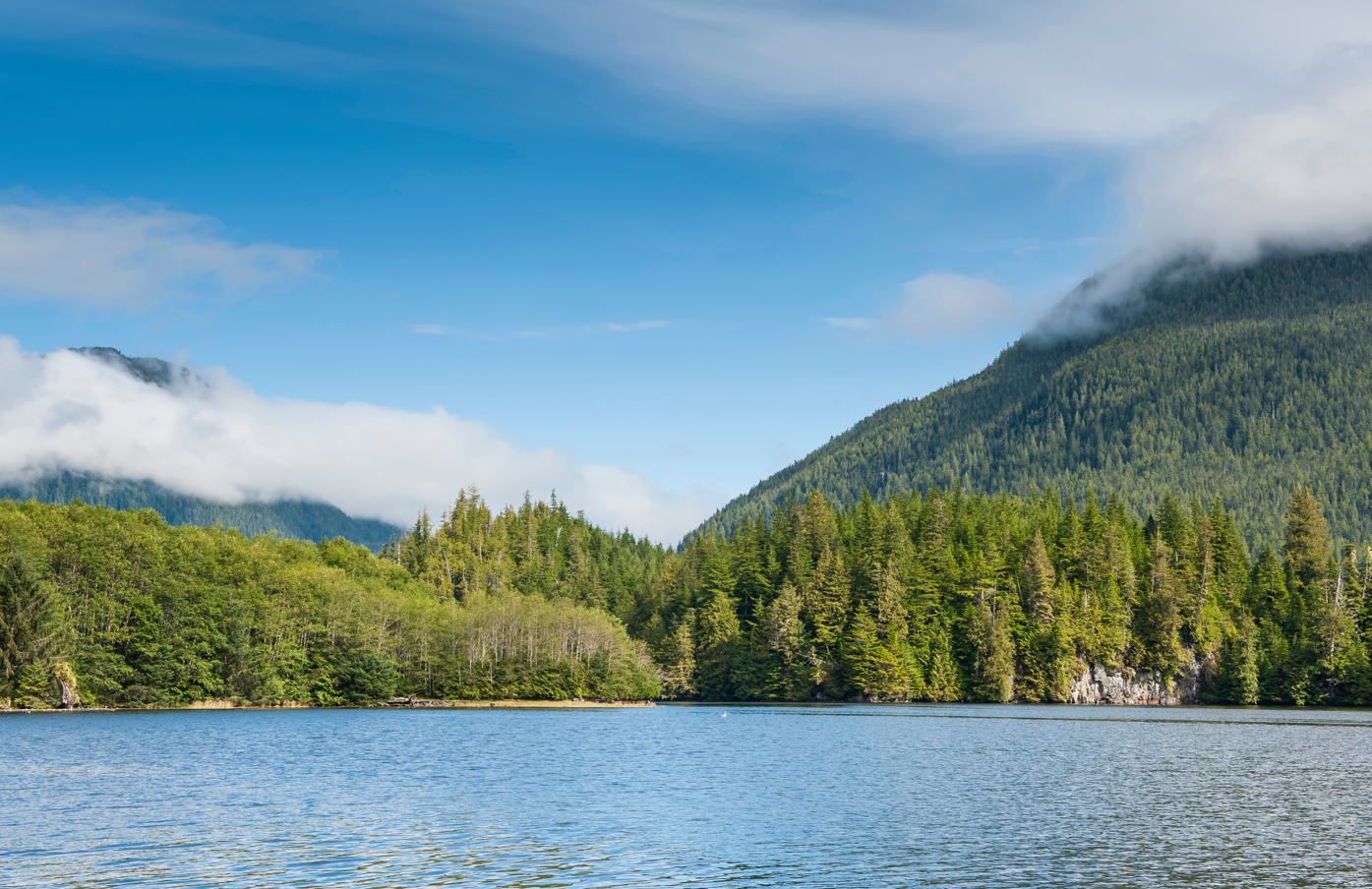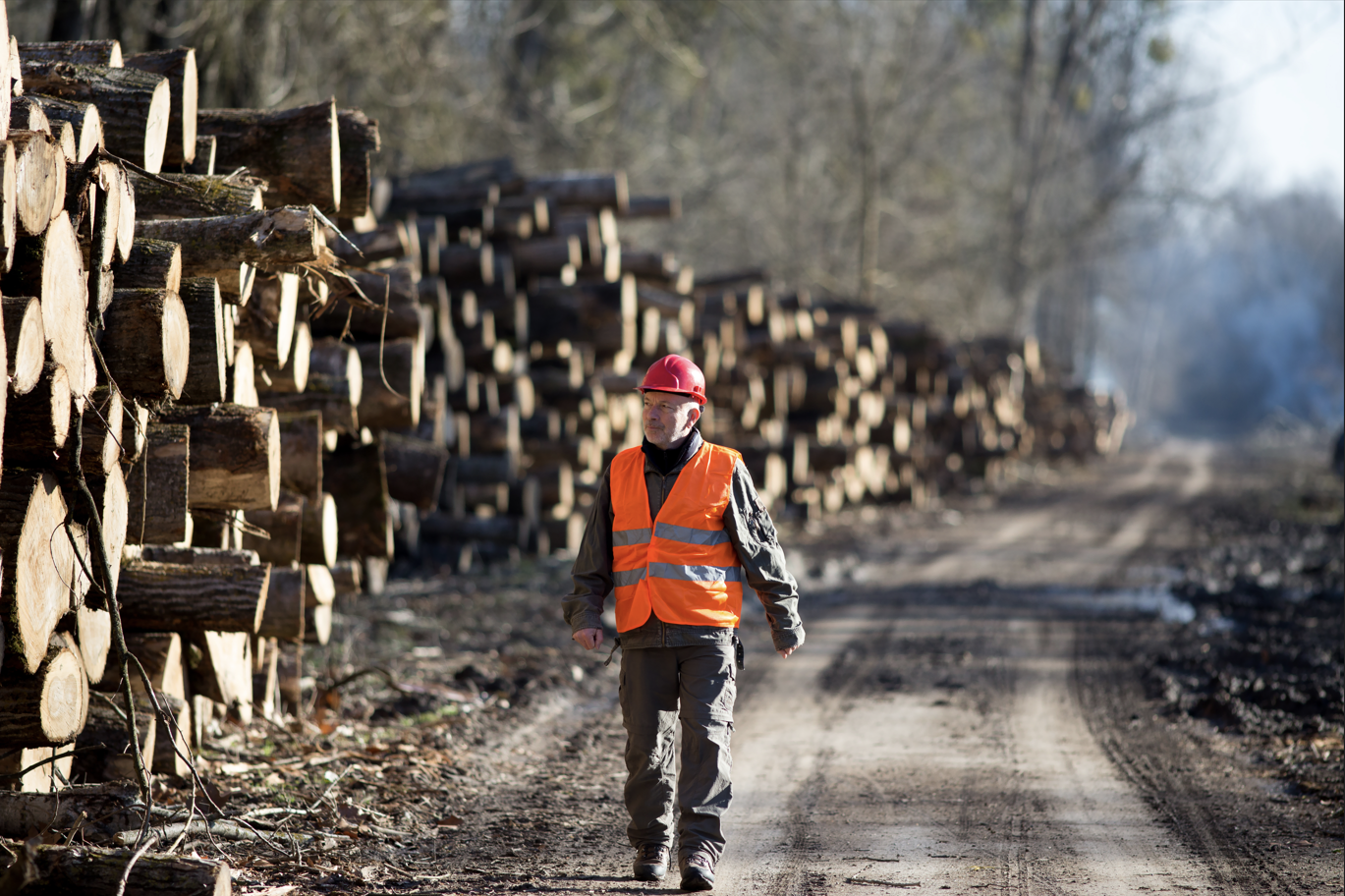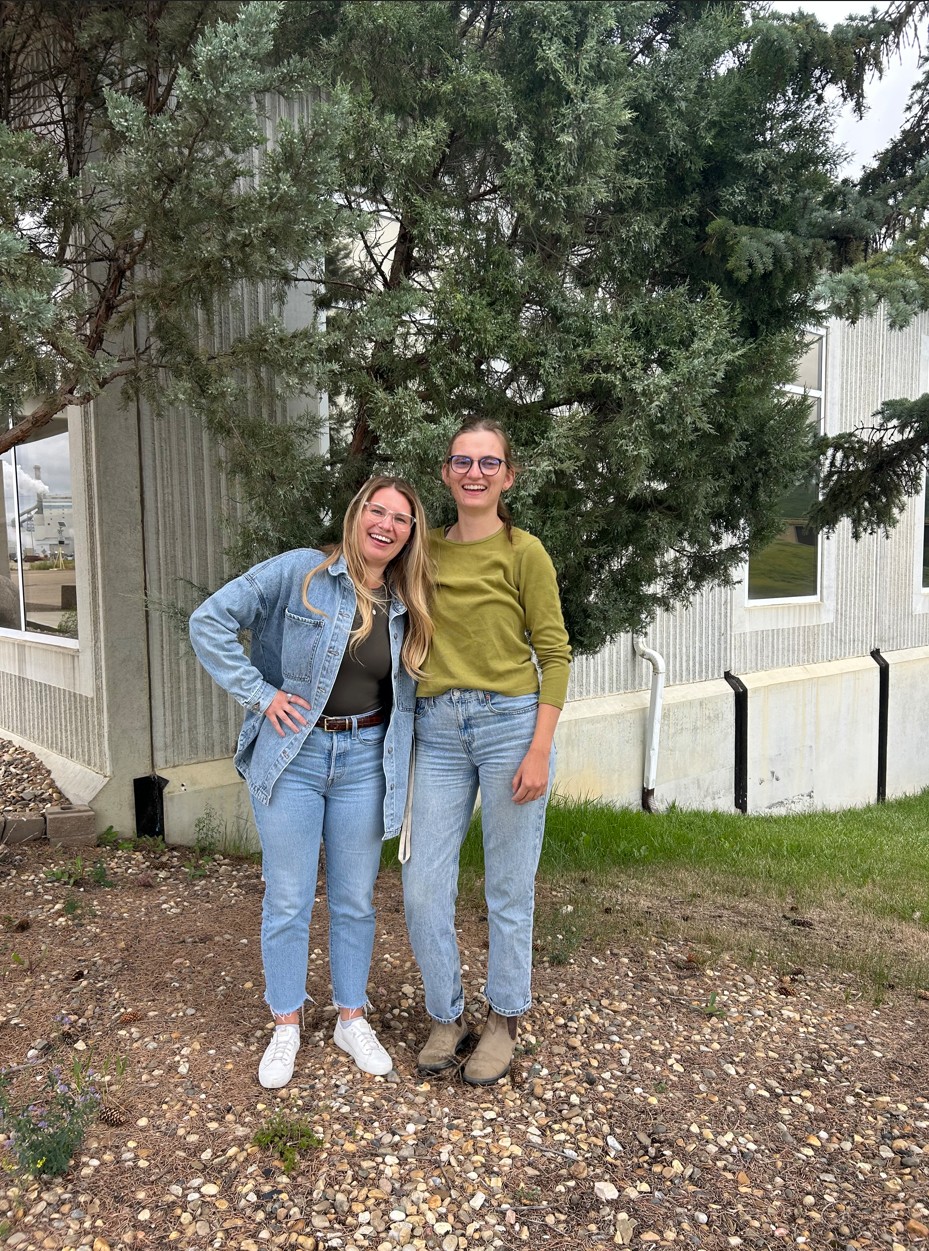If you’re reading this post, you’re probably wondering why there are 690,000 trees in this trailer.

The answer is actually pretty simple; these trees are getting planted! (and by the time you’re reading this they already have been!) During May, June and early July of this summer I work as an inspector assessing the quality of EACOM’s tree plant programs on the Spanish and Pineland forests here in Northeastern Ontario. In this post I’ll be talking about what that job was like, what I did, what I’ve learned, and, provide a few fun facts about our tree plant program.
Here at EACOM, tree plant typically runs from the beginning of May to the end of June. This year, we started on May10th, and worked 6 days a week until the 2nd of July. (In terms of my summer position this equates to about half the summer.) During that time, my supervisors and I helped oversee the planting of more that 4.2 million trees across 2,563ha of land. I can honestly say that I really enjoy this part of the summer. When supervising tree plant I essentially have two different types of jobs: walking “active ground” and performing quality assessments.
The term “active ground” refers to land that tree planters are currently planting. When walking active ground, my job involves checking in with each planter to make sure they’re doing ok and confirming that their work so far meets our standards for quality (more on this later). If everything looks good, I let the planter and/or their crew boss know, and encourage them to “keep up the good work!” (from a covid-safe distance, of course). It’s usually very rewarding to see the planters’ reactions when they learn they’re doing a good job, and it’s one of the many reasons I love what I do. That said, not every day is perfect, and if a planter’s quality needs some work, it’s also my job to let them or their crew boss know what needs to be improved. In the worst cases, I may also have to send them back to fix or replant certain areas such as missed trenches or areas with spacing issues. Although it may not be as pleasant, learning how to convey bad news in a way that’s professional and not discouraging is an invaluable skill that I’ll certainly use for the rest of my career.

The second job that I am responsible for during tree plant is performing quality assessments on “released ground”. This term refers to land that has been fully planted, and which a crewboss has deemed to be ready for assessment. Our quality assessments determine how well the forest is being regenerated and are used to calculate the payment our tree plant contractor receives. In other words, it’s a big responsibility for both environmental and financial reasons! To assess the quality of the trees, I use a plot cord, plant shovel, and measuring tape to examine all the trees in one 50m2 plot per hectare.
The quality of a given plot is based on the following criteria:
1. Spacing – if the trees are planted too close together or too far apart (we plant at 7ft spacing)
2. Microsite – if the trees are planted in good soil (as opposed to in organic “duff” or wet soil)
3. Depth – if the trees are planted too deep
4. Damage – if any damaged trees are planted
5. Missed spots – if any plantable spots were missed
6. Dropped trees – if any trees were dropped and not planted
7. Angle of lean – if the trees are planted straight, or at an angle
8. Pod exposure – if any trees are not planted with enough depth
9. Hole closure – if any trees are too loose
10. Double Planting – if more than one tree is planted in a hole


After assessing a plot, I add the data for each tree to a spreadsheet and the quality is calculated. As always, I then relay this data to my supervisor and the tree plant crew bosses.
By the time you’re reading this, our tree plant program will have been finished just over a month ago, and looking back, I can honestly say that despite all the rain days, hot and cold weather, and walking, it was one of the most fulfilling jobs I’ve had the privilege of working. In the part time jobs I worked before forestry, the work I did often felt a bit… meaningless… but knowing that what I did this summer will positively influence the health of Canada’s forests for decades to come has been an incredibly rewarding experience. Knowing that this will also be the case for the rest of my career has been a clear sign I’m in the right place.
Thank you so much for reading what is now my second Green Dream post of the summer! I’ll leave off by sharing a few fun facts about EACOM’s tree plant program.
Thanks again!
- Our crews planted more than 4.2 million trees over 58 days of production
- More than 1687 hectares of harvested area were planted on the Spanish Forest and more than 849 hectares on the Pineland Forest
- EACOM typically plants 5 different species of trees on the Spanish and Pineland forests. These are jack pine (Pinus banksiana), red pine (Pinus resinosa), eastern white pine (Pinus strobus), black spruce (Picea mariana) and white spruce (Picea glauca).
- Of these, the most commonly planted is jack pine, with more than 2 million planted this season alone, WOW!
- The average daily production for a treeplanter is ~1600 trees. At 10 cents per tree, this amounts to ~$160 a day.










.jpeg)

